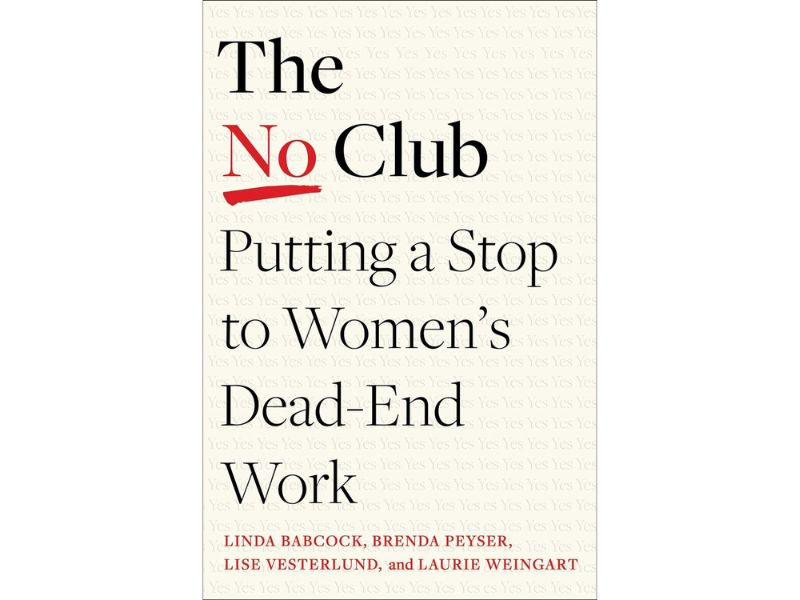
By Sarah Henson, Senior Behavioural Scientist, CoachHub
Sourcing, engaging, and retaining top talent is one of the greatest business challenges of our time.
Employees who are disengaged with their roles cost the global economy $7.8 trillion (£6.1 trillion) in lost productivity, demonstrating that by neglecting the employee experience, organisations are losing out on high-potential talent, and thus taking a commercial hit.
Despite the financial implications, many organisations continue to underestimate the value of their people. Indeed, according to The Hartford, almost all (96%) of employers believe they are taking steps to retain their workforce, but only 52% of workers agree. In order to attract and retain top talent, organisations need to develop a competitive employee experience and appreciate their workforce as much as their customers.
Overcoming the challenges of a competitive labour market
Despite the fact that vacancy rates have been falling since reaching their peak in May 2022, they remain at very high levels. Over one million positions were available in the second quarter of 2023, offering significant opportunity for employees across industries to seek new roles. At the same time, employee discontent has seen a rise in recent months, with 160,000 days lost to labour disputes in June 2023.
Within this landscape, companies that offer a holistic employee experience will be more highly favoured by the workforce. Whilst competitive remuneration is key to getting top talent through the door, long-term retention requires additional elements such as career development opportunities, innovative employee benefits, an inclusive culture and a strong work-life balance. By ensuring that employees enjoy their time at work, organisations can avoid the negative consequences of losing top talent, which include reduced productivity, low morale, and the high cost of recruiting and training new people.
Employers should think of their employees as their customers, and value employee loyalty as much as that of their clients. When organisations ensure that both clients and employees have a positive experience, they will see the benefits both internally and externally.
Organisations cannot succeed without motivated talent
Businesses cannot have customers without employees, and the two groups share many traits as a result. Both employees and customers are sources of revenue, potential brand evangelists, willing to leave without quality service, and vital to the success of the business. As such, significant value can be derived when the two groups are considered in tandem, with a study confirming that companies that have high levels of employee and customer satisfaction see 1.8x faster revenue growth. When employee experience and customer experience are aligned, everyone wins.
Regardless of their job title, every member of the workforce contributes to the customer experience. And, when those employees enjoy a positive experience at work, the quality of their output increases. For example, if an employee in sales has access to regular coaching, they can work with their coach to develop new approaches to communication. This not only empowers the employee but can make the purchasing process smoother and more efficient for the customer, in turn delivering business value.
Building a competitive employee value proposition
To unlock the competitive advantage offered by a positive employee experience, organisations must make a compelling offering to both potential hires and internal talent. Like a customer value proposition (CVP), organisations can use an employee value proposition (EVP) to show that they both understand and meet the needs of their employees better than the competition.
An EVP exemplifies what makes an organisation unique, by outlining what an employer has to offer its employees in terms of benefits and opportunities. Aspects such as engaging learning and development programmes, regular career development opportunities, and people-focused company culture can all form part of an EVP. Within these overarching aspects, organisations can offer access to specific tools, such as digital coaching. Digital coaching provides employees access to 1:1 coaching sessions, during which they can focus on topics which they feel are important to their professional development. Tools like digital coaching benefit the employer in tandem, as they can encourage the development of top talent and improve the employee experience, thus reducing turnover.
A compelling employee experience is no longer a “nice to have” for organisations, but a business imperative. Employees, particularly those classed as “high potential”, are unwilling to stay in a company that does not proactively meet their needs and support their development. To cultivate a company culture that will attract and retain top talent, leadership needs to invest as much time, energy and resources in their people as they do in their customers. By investing in their workforce and outlining an employee value proposition, leadership shows top talent that they are a priority. As a result, employees have a valuable incentive to remain committed and to take the business to the next level.
If you would like career advice, read our dedication section here.








